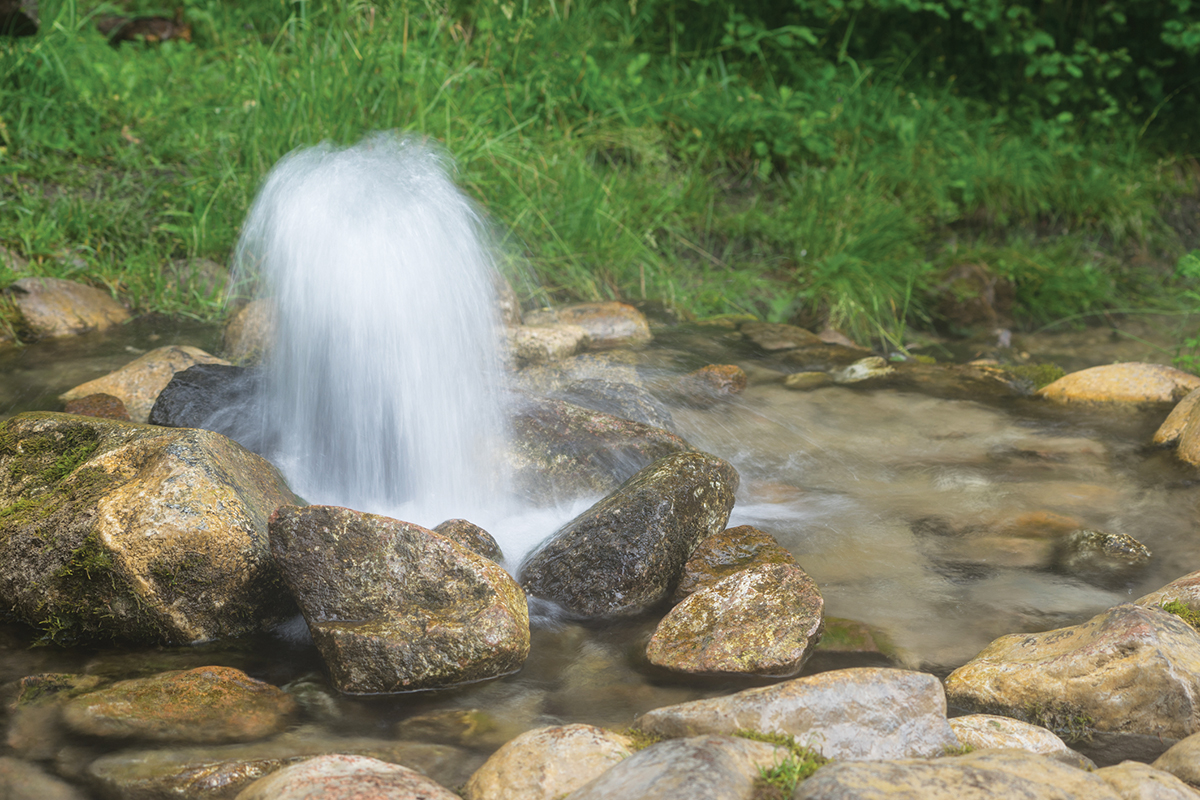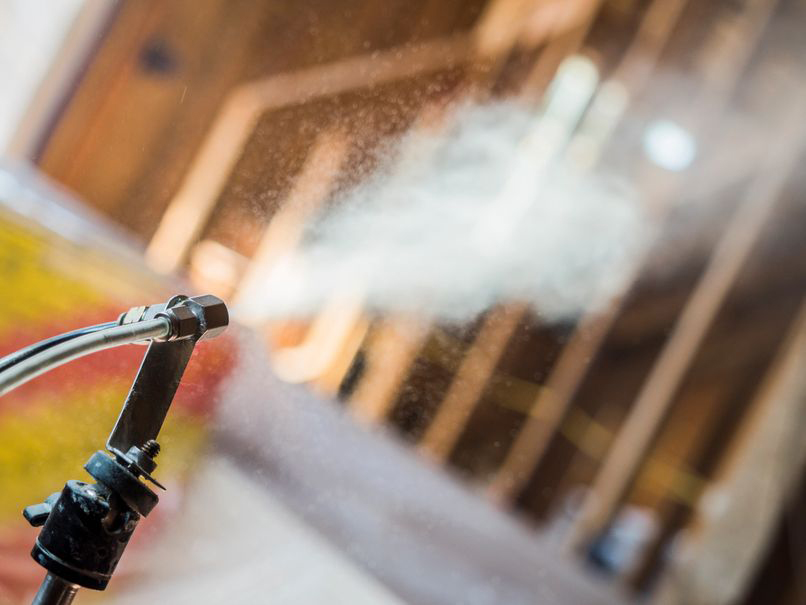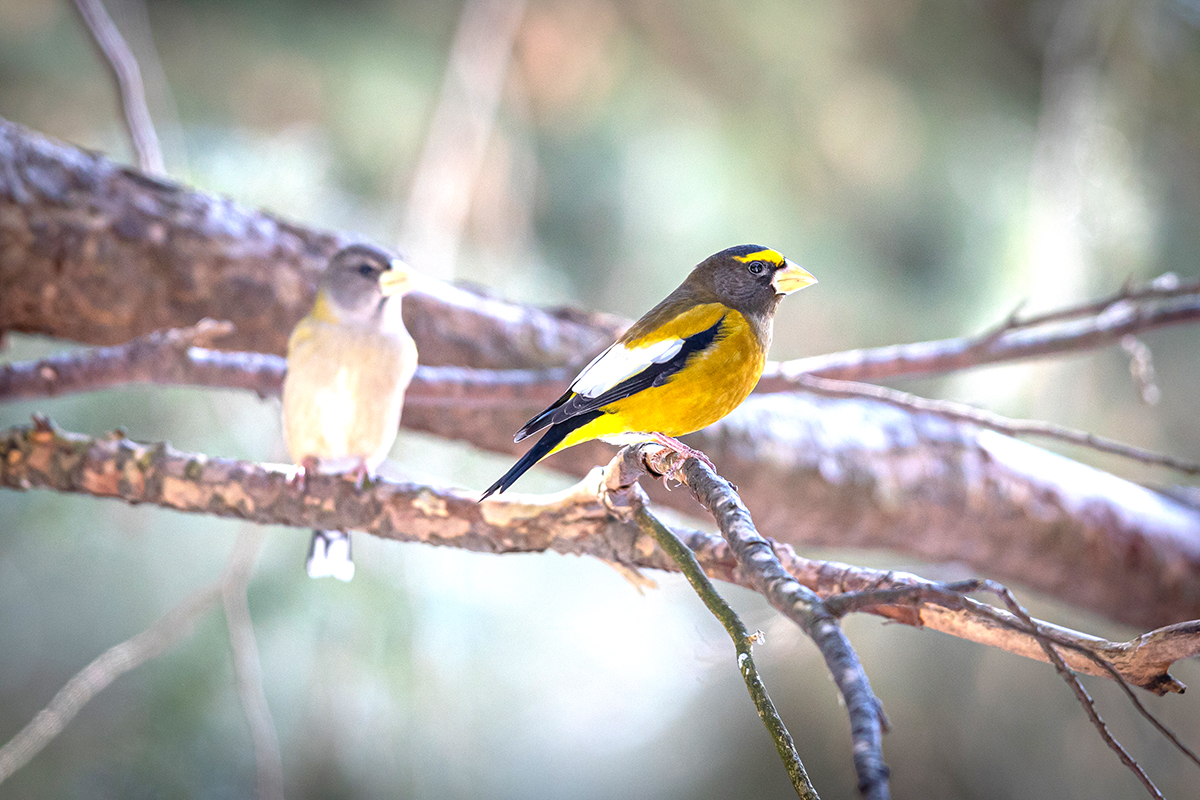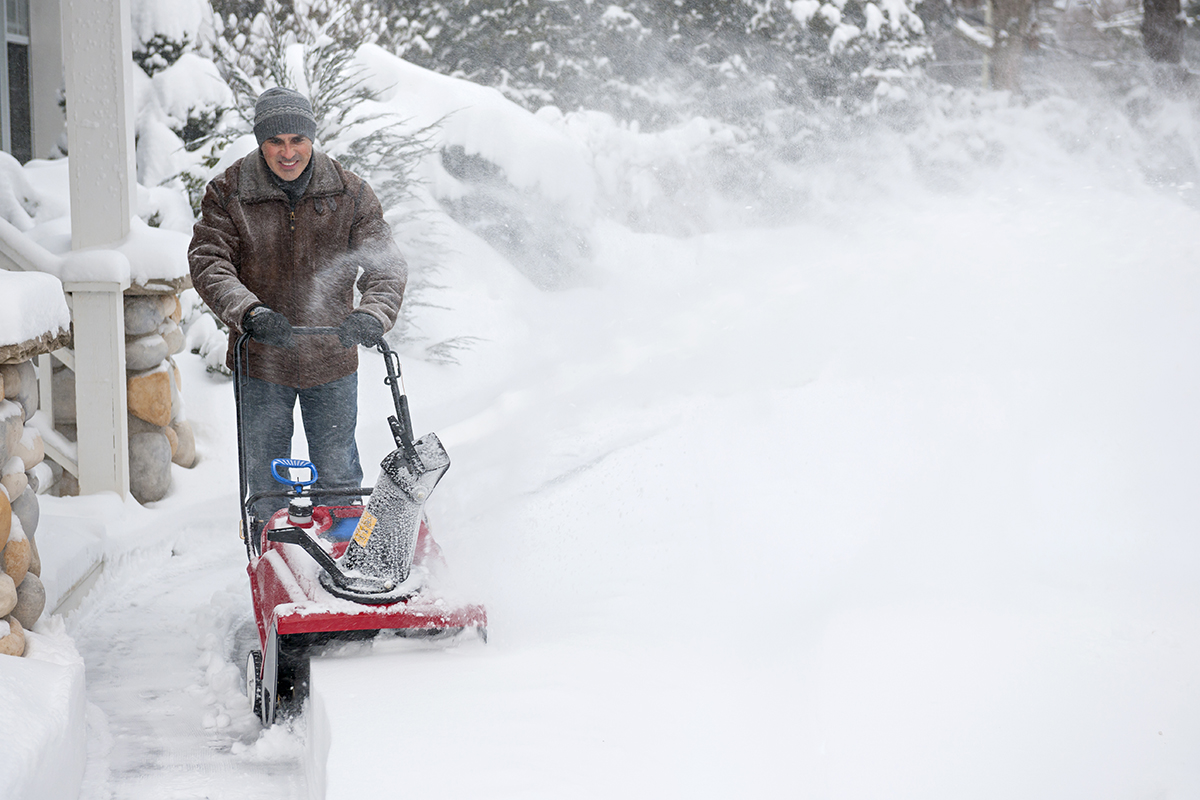WRITER | JULIE FORD
Erosion, drainage issues, an ugly fence, unattractive utility areas – these are just a few of the eyesores homeowners may face when buying or maintaining a home. With a little know-how, there are natural ways to remedy annoying landscape concerns. Summer is the perfect time to turn “ugh” into “ahh.”
Erosion
Knowing what type of erosion is occurring and why are the initial steps in figuring out a remedy. “Using rocks is often not going to help, turf could exacerbate the issue, and plants may not be enough to address the problem, at least right after planting,” says Bill Schneider, owner of wildtype™ in Mason.
Schneider suggests using a mix of native plants with varying root systems to “knit” the soil volume together. “Use species that are shallow-rooted, deep-rooted, fine-textured, and coarse-textured, and rely on plants that spread by stolons and rhizomes.”
Native plants, in particular, are valued for their low maintenance. They tolerate Michigan’s weather and increase natural habitat for native bee species and the declining monarch butterfly.
Water
If you’re lucky enough to have an artesian well in your yard, take advantage of it and make a pond or create a fountain or water feature. The natural flow guarantees fresh, moving water on a steady basis. It can also be a great irrigation source for your gardens. As long as the water doesn’t collect around your foundation, it can be an interesting enhancement to your yard. If the artesian well is situated close to your home, you will want to make sure it is directed away from the foundation.
Stormwater, if not properly routed, can damage a home by forming cracks in the foundation or seeping into existing unsealed cracks and window wells. There are many interesting and attractive landscaping methods to route water away from the home and into the ground. Here are a few:
- Pervious/Porous Pavers Instead of pouring a traditional concrete or asphalt driveway, install pervious pavers that allow rain to soak into a layer of gravel between and below. This method works best for flat or slightly sloping areas.
- Swale This is a gently sloping channel to carry water from heavy downpours or deep snowmelt. The sloping area can be natural or manmade, but the goal is for water to filter into the ground through rocks, native plants, and fast-draining soil.
- French Drain The combination of geotextile fabric, perforated pipe, and gravel allows water to seep into the soil. Landscaping along its edges and adding artistic sculptural elements can turn this endeavor into an interesting focal point.
- Dry Well A small-diameter deep hole can be professionally dug and engineered to receive runoff. Swales and French drains can route to a dry well.
- Rain Garden A shallow basin dug to collect runoff from gutters and driveways can be an attractive way to allow water to filter into the ground. Trees, shrubs, grasses, and flowers – all native to the area and suited for soaking — can thrive in a rain garden.
- Berm If stormwater is deluging a flower bed, one fix is to build a berm around the area to divert the water.
A/C Units and Generators
The first step in disguising bulky air conditioning units and generators is to leave enough room for servicing the mechanicals. Native shrubs, small trees, and perennials timed to bloom throughout the growing season can help A/C units run more efficiently due to the shade they provide. Decorative fencing and screens — with or without accompanying potted plants of various heights – also work well to hide these common eyesores.
Undesirable Fencing
The utilitarian chain-link fence does its job by keeping the family dog in and wildlife out, but it’s not very attractive or private. Creative cover-ups include native shrubs, living walls, bamboo or reed fencing, and mesh screening.
Don’t hesitate to call a professional landscaper for a recommendation on how to best address your yard eyesore. Since many of these projects require digging, it may be best to leave the heavy work to professionals in order to navigate around underground utilities, wells, and septic systems.
WildTypePlants.com
www.canr.msu.edu/nativeplants/getting_started/ site








